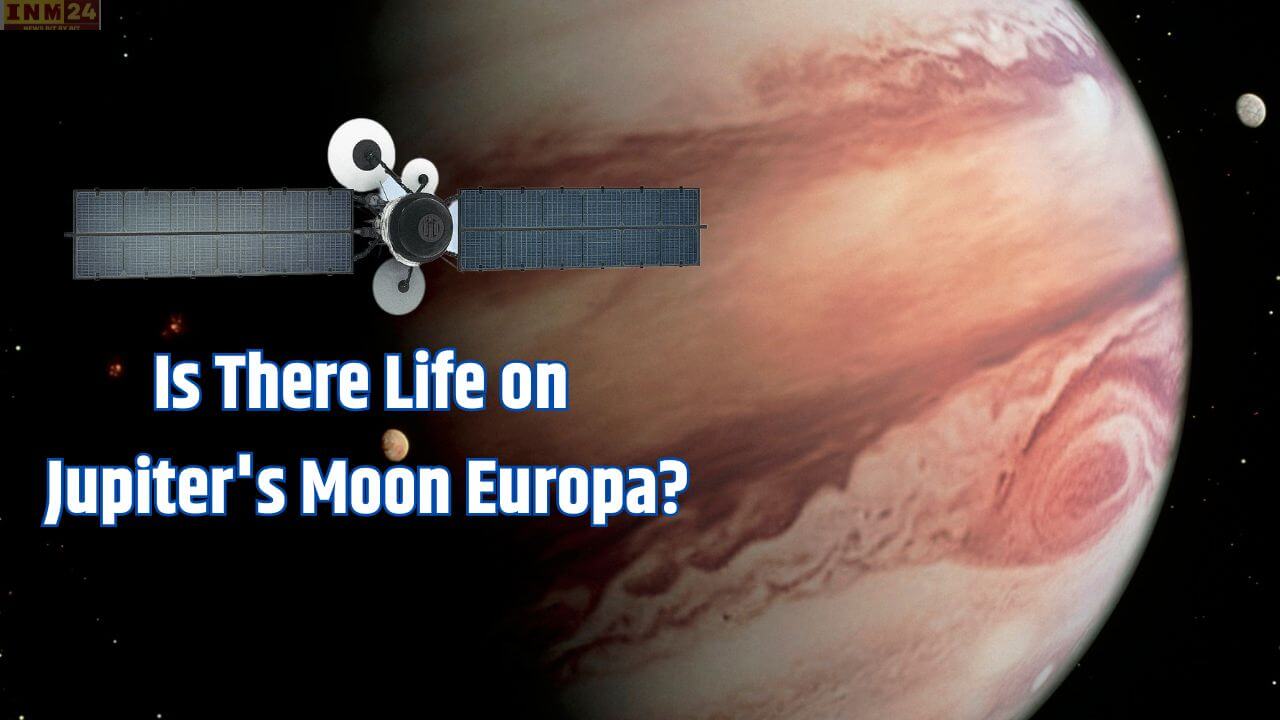NASA has made a significant revelation regarding Jupiter’s moon Europa based on data collected from its Juno spacecraft. It has been revealed that the likelihood of life on Europa is considerably low due to the scarcity of oxygen on this moon. Although there is water beneath its surface, oxygen is extremely limited.
Europa, one of Jupiter’s largest moons, has long been speculated to potentially harbor life similar to Earth. This assumption was primarily based on the presence of water and oxygen on its surface. However, recent findings from NASA’s Juno spacecraft indicate that Europa produces insufficient oxygen to sustain life. Analysis of recent data sent back by NASA’s Juno spacecraft, which is currently orbiting Jupiter, suggests that if there is any life hidden on this moon, it might face a shortage of oxygen.
Oxygen Deficiency on Europa
Researchers at Princeton University, led by Jamie Saje and his team, concluded that Europa’s surface contains abundant hydrogen but only produces a mere 18 kilograms of oxygen per second. This amount is significantly lower than the approximately 1,000 kilograms per second estimated by previous computer models. According to Mansavi Lingam, an astrophysicist at the Florida Institute of Technology, despite this deficiency, recent oxygen estimates are still conducive to the habits of microbial life, as we know it.
Presence of Water Beneath Europa’s Surface
A major source of water beneath Europa’s surface remains trapped. This water does not surface and remains inaccessible for potential use. Moreover, due to the absence of sunlight penetrating Europa’s surface, no photosynthesis process can occur, making it impossible for any plant-like organisms to thrive. Nevertheless, over millions of years, nutrients trapped beneath the icy crust could be brought to deeper levels through various geological processes.
Abundance of Hydrogen Below Europa’s Surface
Beneath Europa’s thin atmosphere lies a thick layer of hydrogen molecules. This layer is beneath the moon’s thick icy crust, and it replenishes oxygen through its interaction with the radiation-filled icy covering. According to Frederick Elghorini, co-author of the study and principal investigator of the JEDI instrument at the Southwest Research Institute in Texas, “There is no doubt that they come from Europa, but their quantity is very low.”
Juno Spacecraft’s Data Collection on Europa
During some short flybys of Europa by the Juno spacecraft, its JADE (Jovian Auroral Distributions Experiment) instrument detected free hydrogen atoms in the moon’s atmosphere. It calculated the presence of about 100 million atoms during its brief passage. The team at Princeton reverse-engineered how much oxygen is lost on Europa’s surface and then determined the amount of oxygen produced as a result. According to Frederick Elghorini, “There is no doubt that they come from Europa, but their quantity is very low.”
While the recent findings might diminish hopes of finding complex life forms on Europa, scientists remain intrigued by the possibility of microbial life surviving in such extreme conditions. Further exploration and analysis of Europa’s environment are crucial steps toward unraveling the mysteries of this enigmatic moon.
